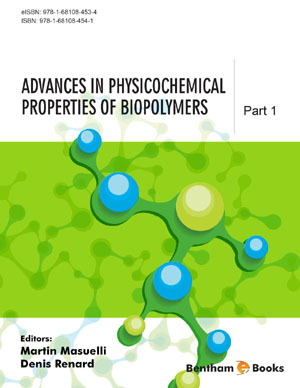Abstract
Multivalent sugar-based materials have attracted attention since the functional role of carbohydrates in biology has been disclosed. The design of artificial systems that mimics the polyvalent carbohydrate organization at cell surface has been envisaged as a strategy to study and intervene in carbohydrate-mediated interactions. One of the first synthetic glycomaterials which appeared in the literature were glycoliposomes, dynamic systems that resemble the glycocalix in the phospholipidic bilayer of cell membranes. Glycoliposomes are non-covalent systems which have been used since the seventies as multivalent tools in carbohydrate-based interactions against pathogens, for enhancing immunity and as molecular carriers in drug delivery. In former years, the advent of nanotechnology has allowed the design and construction of new materials similar in size to biologically relevant molecules (proteins, nucleic acids, etc) and displaying unique physical properties. The bio-functionalization of metallic nanomaterials with carbohydrates generated a new class of glycomaterials, named glyconanoparticles, which present carbohydrates in a highly multivalent way and in high local concentrations. At the same time, the quantum size properties of metallic nanoclusters can be used for biosensing, diagnostics, and (in perspective) therapy. This review focuses on glycoliposomes and covalently-functionalized glyconanoparticles which make use of the “glyco-code” to address specifically pathogens or pathological-related problems.
Keywords: Glycoliposomes, glyconanoparticles, glycocalix, multivalency, neoglycolipids

















